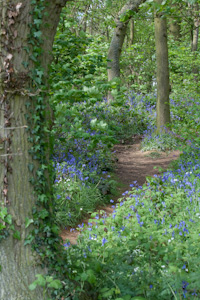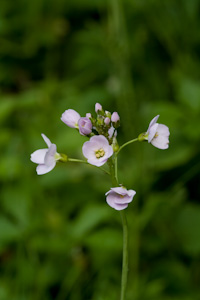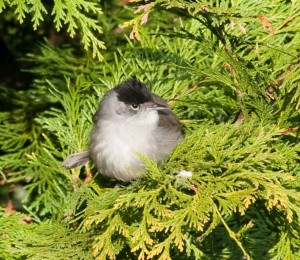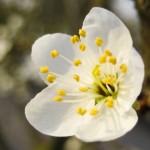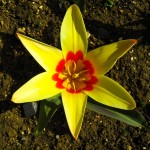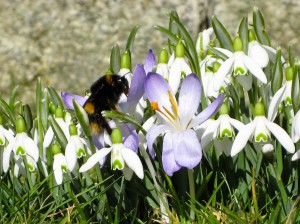Polecats are the latest mammal to be making a comeback in the UK. First of all it was otters, now it seems that polecats are increasing in number in the UK. Is this good news? I think so.
Until I read a recent article in the British Wildlife Magazine I didn’t know anything about polecats (or even realise they existed in the wild), so here are a few things I have learned:
They are native and were reduced to small groups surviving only in Wales, in no small part due to persecution by farmers and gamekeepers.
They are now spreading north and east, although their range appears to be limited by the major conurbations of the north-west and the midlands.
Polecats are relatives of ferrets, and there has been reduction in the purity of the polecate genes by some interbreeding with ferrets.
Polecats are about half a metre long (similar in size to ferrets), they have dark fur, lighter fur on their faces and dark noses (ferrets tend to have pink noses).
Unfortunately the polecats are often killed on the roads.
They manage better in the wild than ferrets as they are good hunters (ferrets were bred to be rubbish at catching their prey) and are thriving on the increased population of rabbits in the wild (currently standing around 45 million).
The good news is that it is thought that they (or possibly the otters) are having an adverse effect on mink which are starting to hunt during the day. So, in the world of doom and gloom with everything seeming to be labelled a ‘crisis’ it appears there is some good news out there (unless you are a rabbit, frog, ground nesting bird…Oops, I think I am going off them a bit!).
For more information about polecats see the report from the Vincent Wildife Trust or subscribe to the excellent British Wildlife Magazine.
